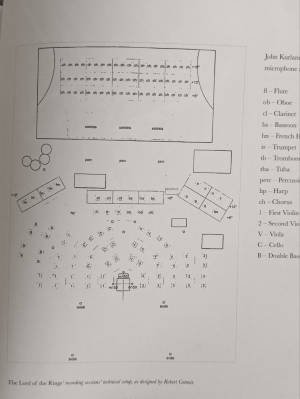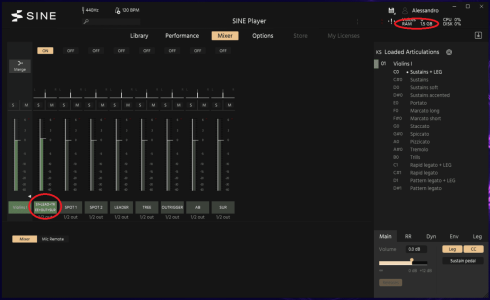You haven't lived until you've tried
@Alex Cadiem's mix for the Berlin Series and TH Brass.
I should have asked for royalties to let you use this mics configurations...

Just kidding, I really appreciate it being helpful to you!
And since I'm here, here's my two cents on the matter:
A large number of microphones not only allows you to obtain your own sound, but can also help you to better balance the different samples libraries, all in a more "natural" way (the more the sound satisfies you at the base, the better it will be). I realize that it is difficult to manage a large quantity of microphones, which is why I suggest taking the time to listen to them one by one, understand how they sound, and then experiment according to your own tastes.
As also reported by the good
@Trash Panda , by experimenting with the microphones I managed to obtain not only a sound that satisfied me the most, but above all an excellent balance between the Berlin series and the THBs (which as we well know, have a beastly sound power). With that setting, I got present and detailed strings and woodwinds (without losing the "breath" of the room) that coexist perfectly with the THB sound power.
Then, on the RAM issue, let's not underestimate the wonderful "Merge" function of the
@OrchestralTools SINE player. Here is an example of why, especially for those who are short of RAM, this function is ESSENTIAL:
A significant difference, especially when you apply it to the remaining instruments.
In short, my advice is: download all the mics positions, study them, experiment, find your sound, merge, and then if you are short of space, simply eliminate the superfluous mics positions, problem solved!
Finally, I conclude this post by saying that, it is true that some of these mics positions could be "useless" for us, but we must always consider that if they have been included (leaving aside the discussions of marketing, profit, etc.) it is because they were probably requested! So have fun with them and be curious






 Just kidding, I really appreciate it being helpful to you!
Just kidding, I really appreciate it being helpful to you!




